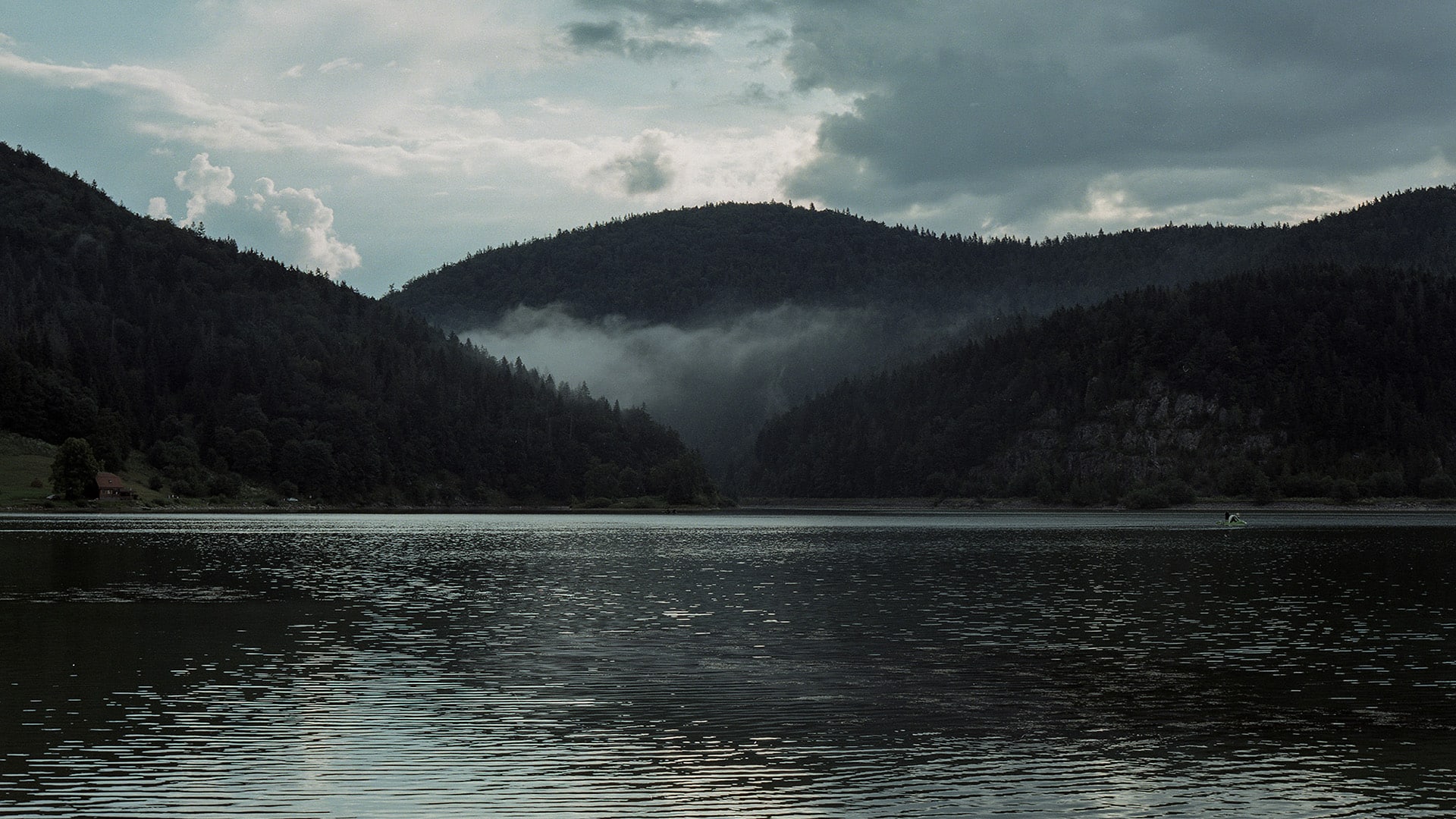In order to reconnect with her homeland, document remnants of identity, and trans-generational connection to Slovakia, Michaela Nagyidaiová planned a journey across the country. She captured places and people linked to her parents’ memories of vacationing in Slovakia during socialism and explored her own recollections of childhood.

You’re getting blind.
Don’t miss the best of visual arts. Subscribe for $9 per month or $108 $90 per year.
Already suscribed ?


